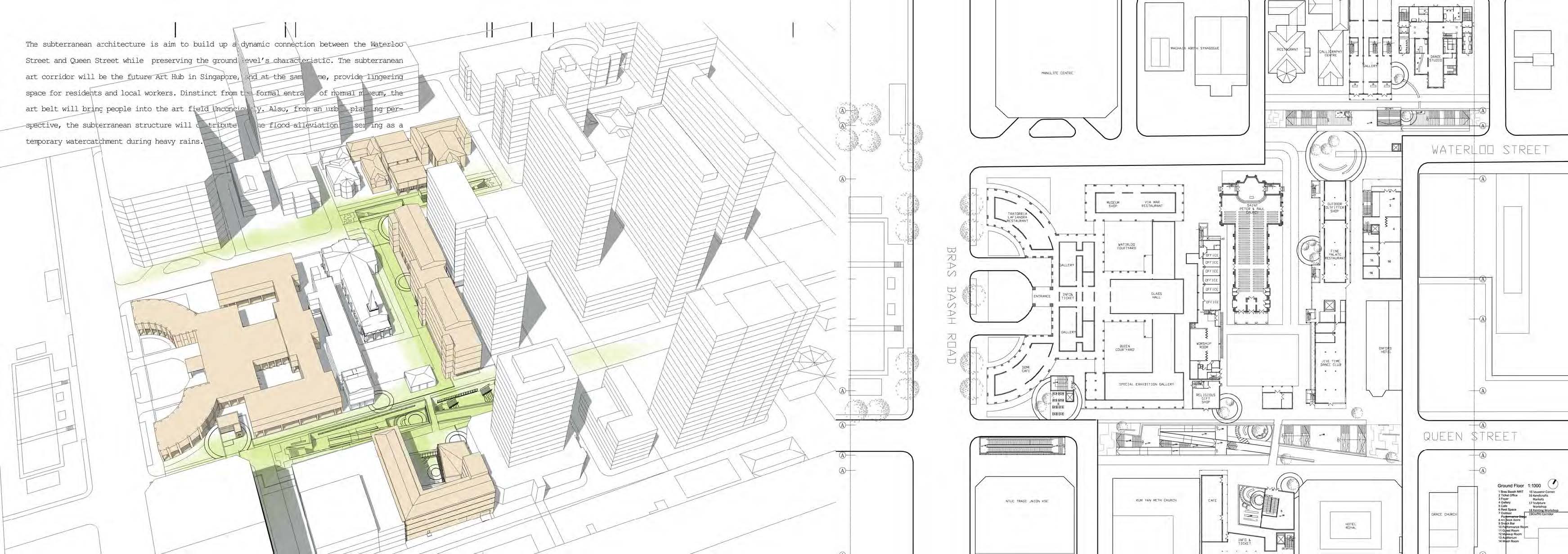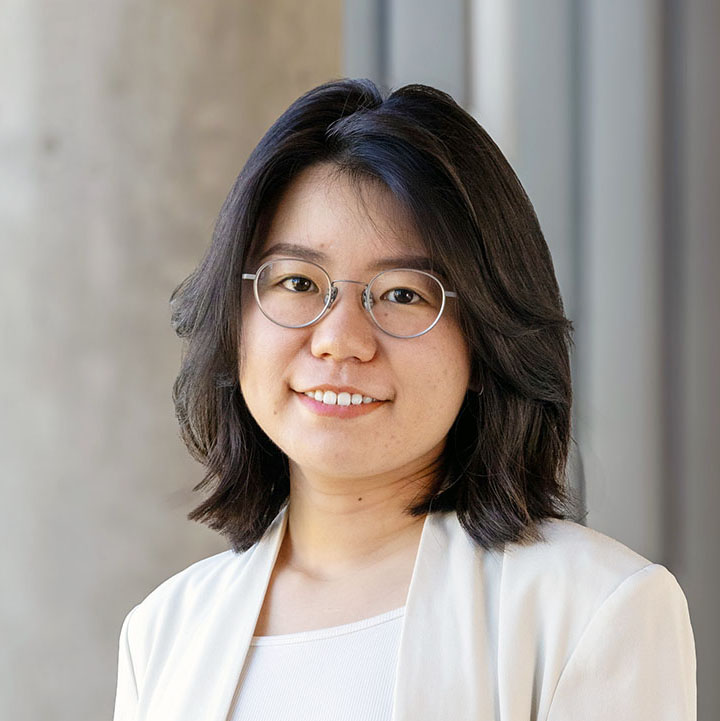Urbanism & Mobility: Subterranean Art Belt
Year 4 Studio, National University of Singapore, 2013
The program explores high density living in a smart compact city. Studies have revealed interaction between inhabitants of a city is instrumental to the vibrancy, diversity, dynamics, heritage and appeal (social, cultural and economics) of a city. A city is a conglomeration of processes, uniquely intertwined with their own character. These processes typify the condition of living, working, learning, playing and care in a social environment. The resulting city form is to a great extend a manifestation of those processes. From time to time, human intervention in city or urban planning such as in Paris, Beijing and New York has significant impact and alter social behavior; and in turn frame the form of a city.
Many cities in Asia today are growing at phenomenal rate. Today more then half the population in Asia lives in a city. Cities are faced with the challenge to house ever increasing number of people attracted to them by job opportunity, amenities and better life, among many reasons. As a result cities grow from the old centers organically. The sprawling city with its conglomerate suburbia created unsatisfactory transportation problem in addition to uneven distribution of amenities and public services. In recent decades, high rise (building) physical planning model found favour with city planners. Yet tall buildings inefficiently planned and designed to fill the number may not be the right approach environmentally and socially.
What then?
Some scholars have taken an approach to examine fundamental relation between urban and rural. Other scholars pointed to the need to maintain legibility of city preserving its heritage and cultural values in the face of technological progress (or assault?). The challenge could be rethink how to optimize space usage in a city as well as how people move across buildings within existing urban fabric.
The studio program is a rethink on how public spaces and in buildings are planned and connected; and the notion of mobility addressed in a compact city.
The studio would map half a square kilometer of a city and strategize an urban planning model that consider:
- usability
- diversity
- connectivity and mobility
- sustainability (technology, social and environmental)
The first part (3 weeks) of the studio is research, forum and developing a planning model at group level. The latter part which is individual effort translates the planning ambition into design narrative.

